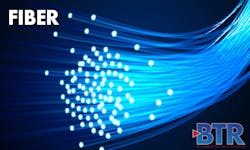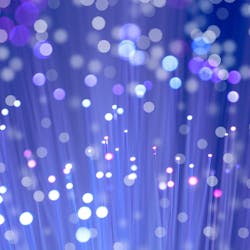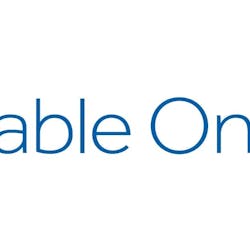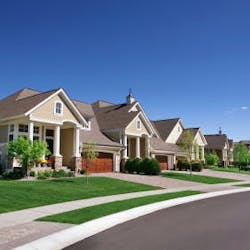Cable operators seeking to differentiate their video and Internet services from the competition by improving quality of experience (QoE) could be looking toward a "fiber deep" architecture. Although a multi-year journey, fiber deep has the potential to strengthen the delivery of high quality video and residential broadband, simplify service areas, provide faster and more reliable broadband; and reduce space and power requirements.
“Older analog equipment does not work very well with new DOCSIS type technologies and DOCSIS Full (Duplex). There are challenges around being able to maintain the plant end as well as provide the (full) amount of bandwidth and capacity,” said Wayne Hickey, advisor, product marketing, Ciena (NYSE:CIEN).
DOCSIS 3.1 allows for coaxial spectrum to be used more efficiently with RF signals bonded together. The actives in the plant cause a challenge however, as does the fact that analog fiber is limited in its capacity. Full Duplex DOCSIS will require even more bandwidth.
“When it comes to (competing) or staying ahead of the competition, if you make the conversion of the network to digital technology, you can provide video at a higher quality and don’t have to compress it as much,” said Glenn Calafati, global marketing director, Ciena. "There is a higher tier of services for broadband and a significant improvement of video quality."
In a distributed access architecture (DAA), one analog fiber node (usually serving more than 500 customers) is replaced with 10-12 digital fiber nodes (or R-PHY devices). The service groups are reduced to about 64 customers. Converting more of the access network from analog to digital increases bandwidth per home passed. Connectivity improves as does quality of service.
An additional benefit is eliminating amplifiers, and by bringing the optical-to-electrical conversion closer to subscribers, power and maintenance are decreased.
“What it means is less devices,” Hickey said. "If you have to do an analog sweep twice a year, there is a cost burden associated with that …. By pushing the optical fiber closer to the home, the network is more adaptive and responsive to customers' needs. When they need or want things, it can be controlled (through software) rather than rolling trucks."
Where data centers are concerned, fiber deep means virtualizing services and providing more localized content, which also means better quality of service, particularly for time sensitive content.
“If they can consolidate and remove some of the cost of owning headend locations, that is one of the key benefits. They use fiber to drive the signal further. They can provide higher quality, and (if they can) remove some headend or data center locations, they are very happy to do that,” Calafati said.





